6 Methods to Support Slopes of Railway, Highway, or Foundation
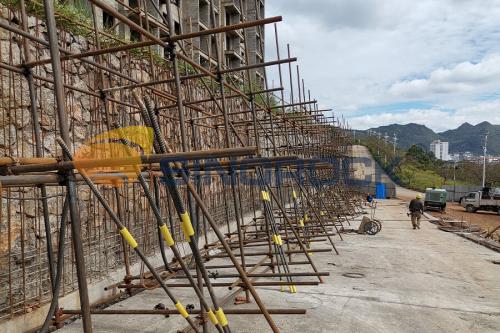
Most
of the slopes on both sides of expressways, railways, and high-speed railways, need
to be supported to ensure normal railway transportation. There are many common
slope support methods, which need to be selected according to the soil
conditions of the construction site and the support requirements. Here,
Sinorock will introduce the common slope support methods for you.
Anchor bolt support
1. Traditional anchor bolt support
Generally,
the concrete is used in combination with ordinary hollow bolts. First, drill
holes on the slope, then insert the bolts, and then use high pressure to drive
the cement slurry through the bolts into the holes to reinforce the surrounding
rock mass together with the bolts. It is suitable for temporary support of
engineering slopes. The construction process is too complicated and the
efficiency is extremely low.
2. Self-drilling anchor bolt support
The
self-drilling anchor rod itself is both a drill rod and an anchor rod. After
installing the drill bit and connecting it with the grouting machine through
the rotary grouting adapter, it can be grouted while drilling to realize the
integration of drilling, grouting and anchoring functions. It simplifies the
construction process, shortens the construction time, and has a good anchoring
effect. It is suitable for soft to medium hard rock formations, especially
suitable for soft rock formations, easy to collapse holes and difficult pore
formation.
Retaining
wall support
1. Gravity retaining wall
Gravity
retaining wall uses the gravity of the slope body or the wall itself to resist
the side pressure of the slope, and uses concrete, block stone, rubble, etc. as
the masonry, or uses concrete to directly pour the slope surface. The material
and construction are convenient and the cost is low, but the volume and weight
are large, and it is difficult for the weak geology to bear its weight. It is often
used in highways, harbors, railways, mines and other projects with small slope
heights.
2. Cantilever retaining wall
Cantilever
retaining wall, also known as buttress retaining wall, is a kind of reinforced
concrete retaining wall, which mainly relies on the weight of the wall and the
weight of the fill above the bottom plate to maintain its own balance. The
advantages of the cantilever retaining wall are mainly reflected in the small
size of the structure, the light weight, and the convenience of being used in
the filling area where the stone is lacking and the bearing capacity of the
foundation is low, but it costs more steel bars and is less economical.
3. Shotcrete support
When
the soil of the slope is loose and slips, the method of shotcrete can be used
for protection. It is suitable for rock slopes with poor lithology, low
strength, easily weathered or hard rock layers with weathered and broken,
joints developed, and the surface layer is weathered and peeled off. Cannot
withstand mountain pressure and has limited stability. The bolt support and
shotcrete protection can be combined, and the anchoring effect of shotcrete
support is better.
4. Plant protection
By
planting grass on the slope, laying turf, planting trees and other methods to
achieve the effect of strengthening the slope. There are seed sowing method,
spray sowing method, hole-pointing method, trenching method, etc., which are
suitable for different slope soil quality. It is necessary to consider the soil
quality and thickness, and comprehensively consider the local rainfall.
The
above is the answer to the question of what are the methods of slope support.
Several common slope support methods are listed in detail for everyone. It
should be noted that when carrying out slope protection, the protection of the
natural environment should be taken into account, so that the slope project has
the function of support or protection, and also has good economic, social and
ecological benefits.
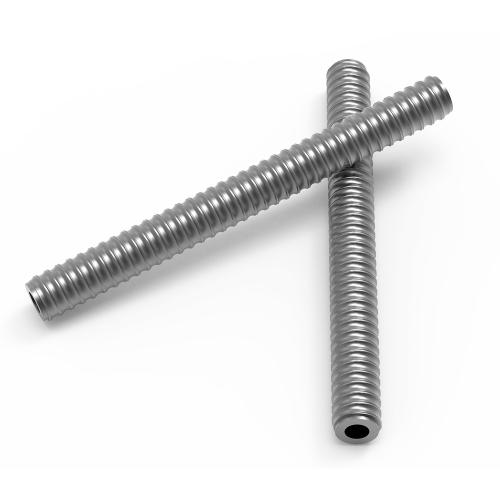
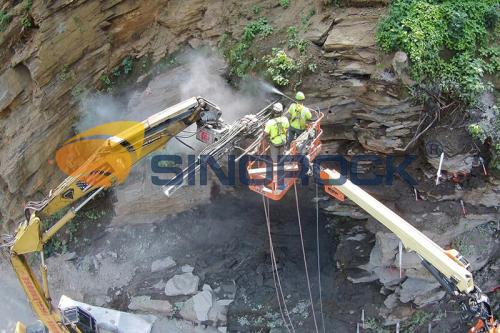



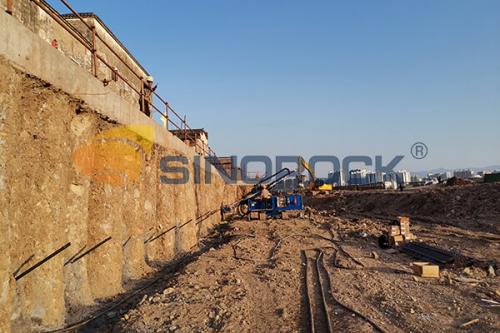
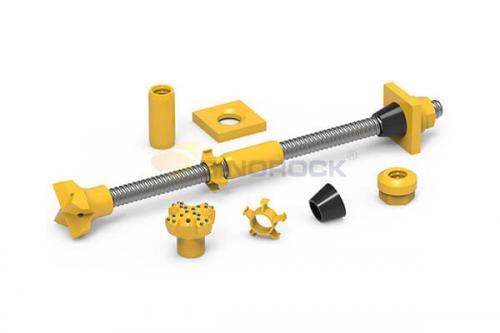
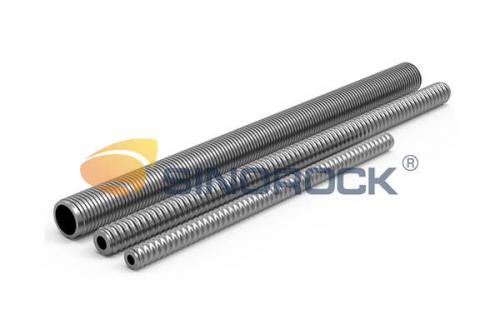
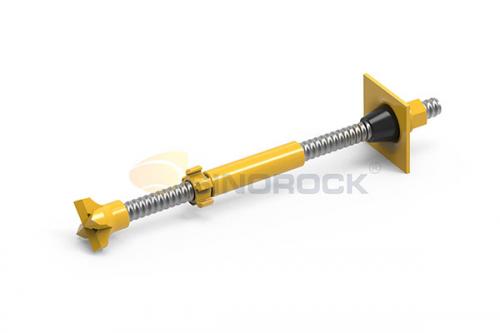
Comments